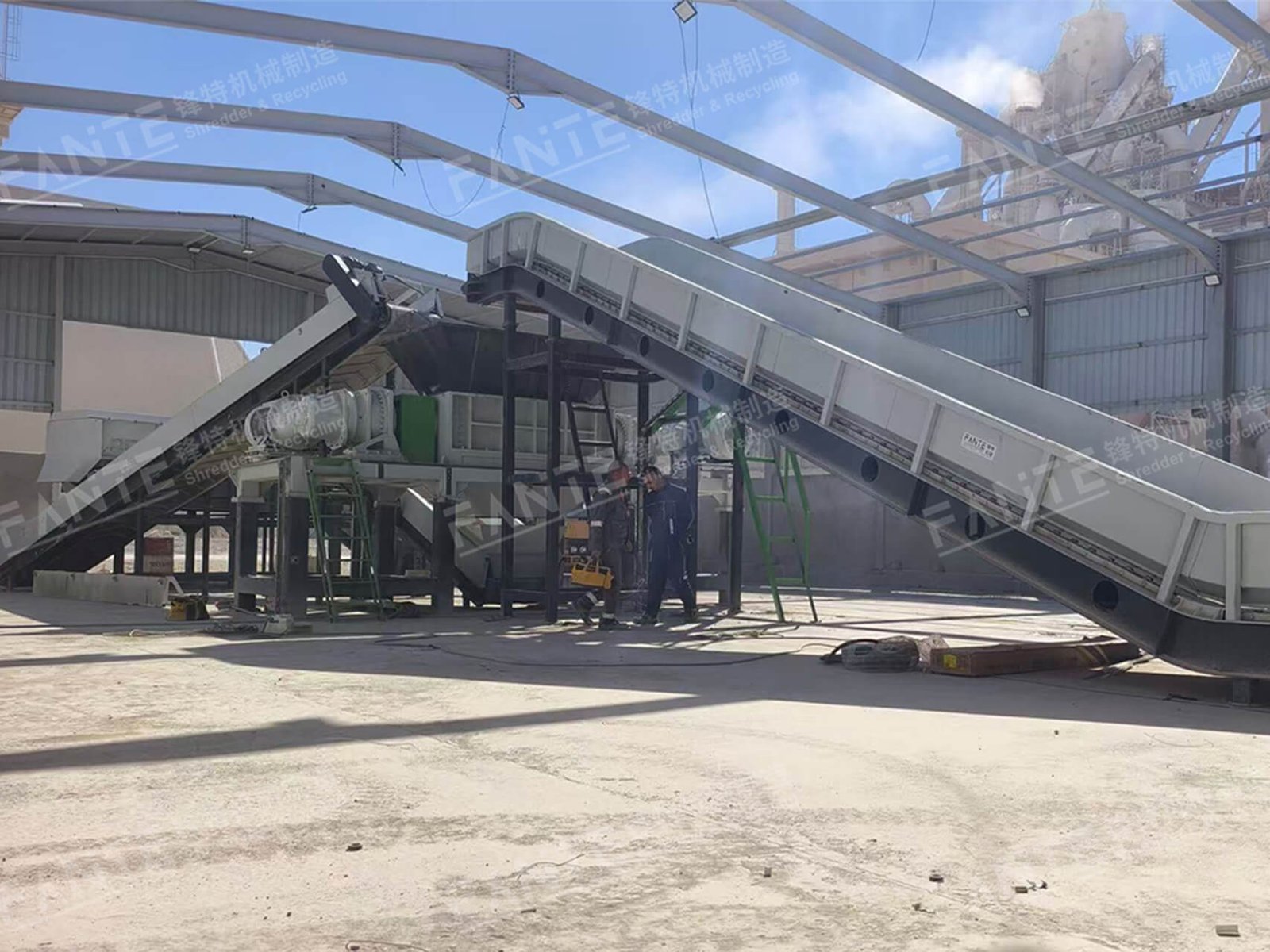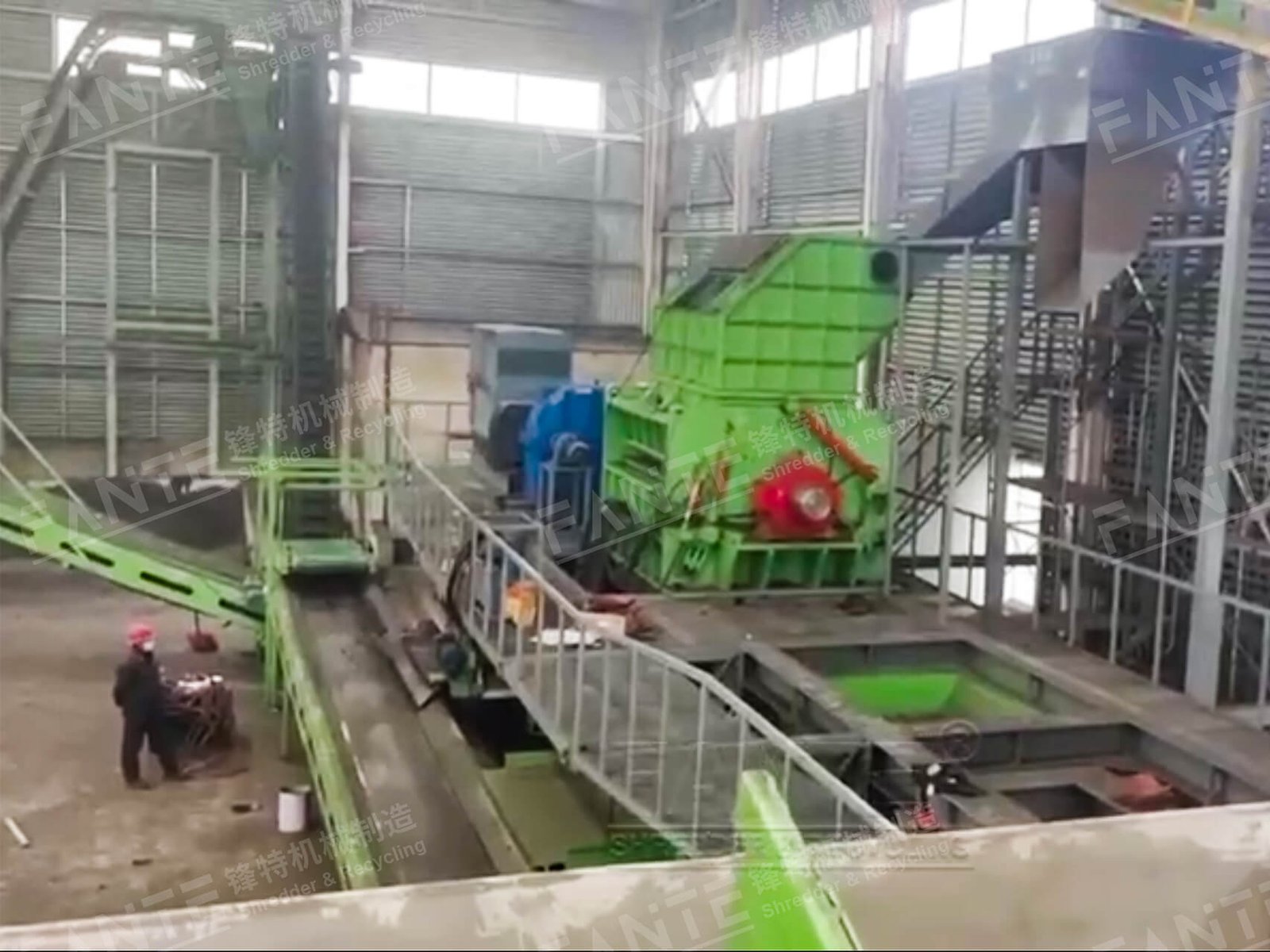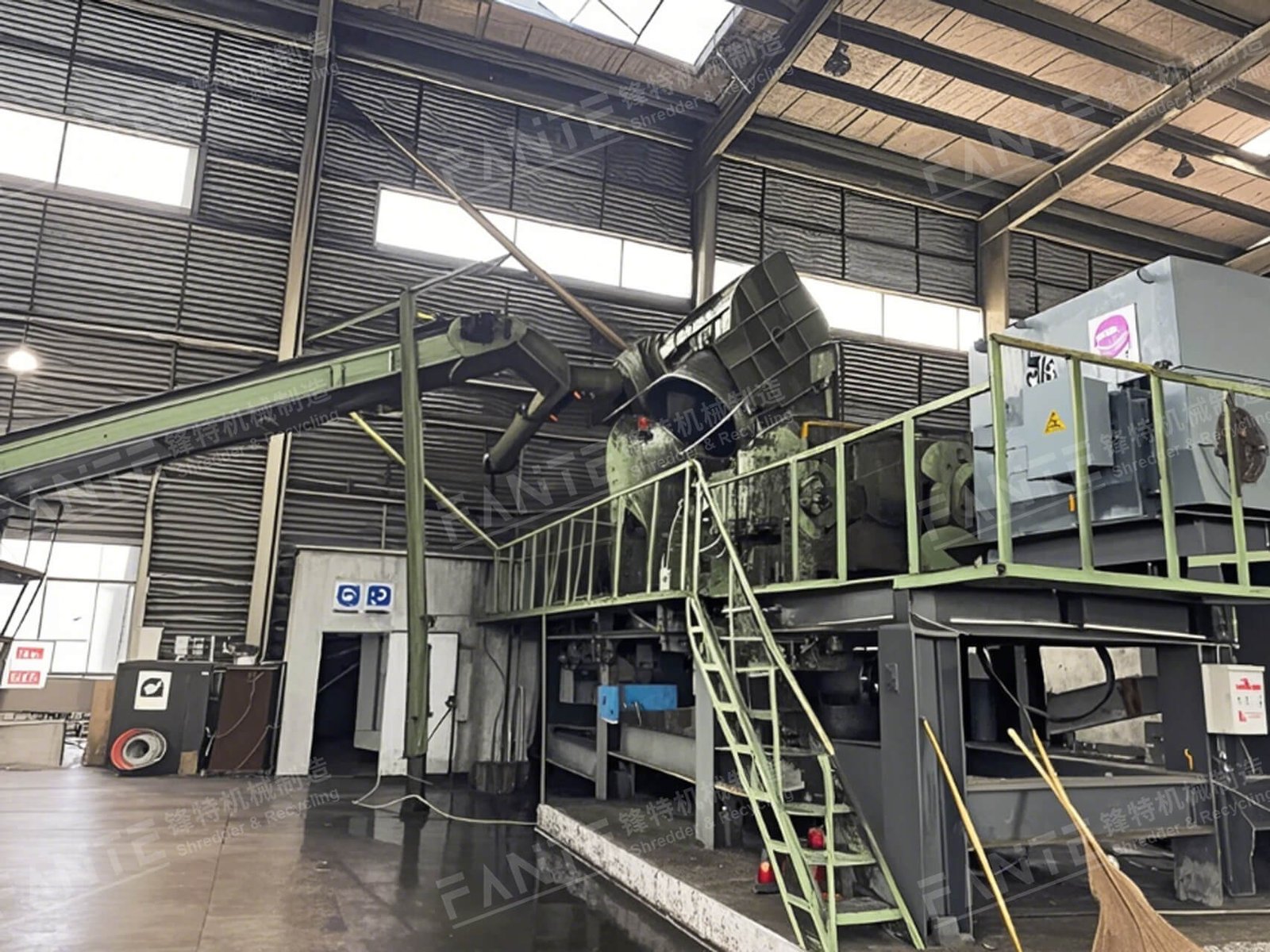Waste tires have been used as a supplementary fuel to coal and wood. Over the years, more and more combustion plants have used waste tires, not only because of their high energy content, but also because they are cheaper than coal, produce cleaner emissions and have a low moisture content.The high calorific value of used tires makes them an excellent alternative fuel for energy-intensive industries such as cement plants, power plants, pulp mills and paper mills.
Biomass content of used tires
| Paramete | Used car tire | Used truck tire | Coal | Oil coke |
| Biomass | 17-20.3% (average 18.3%) | 28.6-29.7% (29.1 %) | 0% | 0% |
| Carbon | 67.5-70.1% (average 69.0%) | 59.7-62.6% (61.1%) | 64-68% | 84-97% |
| Net calorific value (NCV) (MJ/kg) | 29.5-30.6 (average 30.2) | 26.1-26.7 (26.4) | 26 | 32 |
(The above values were selected from the Aliapur study)
Because burned scrap tires and tire-derived fuels contain a higher biomass content, they produce fewer fossil carbon dioxide emissions than coal and petroleum coke. Scrap tires are good alternative fuels. They are cheaper and emit less fossil CO2, but their heat output is about the same as conventional fuels.
MAIN EQUIPMENTS
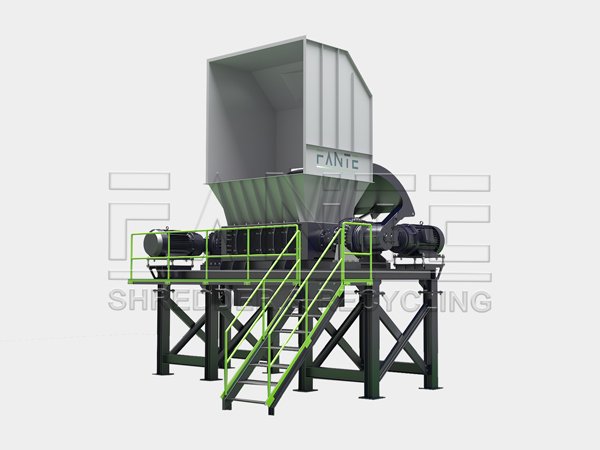
TDF Shredder
TDF shredder is the ultimate solution for efficient material reduction, suitable for various applications. Get top-quality shredding performance.
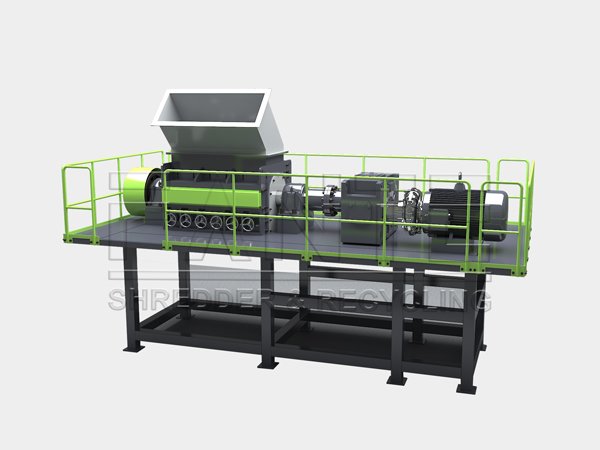
Rasper
The rasper is a key machine in tire recycling, designed to process pre-shredded tires into smaller rubber granules.
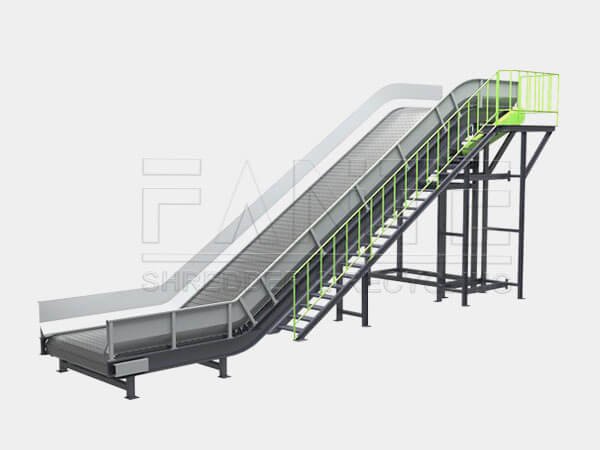
Chain Conveyor
The chain conveyor efficiently transports waste tires to the TDF shredder for processing. Designed for heavy loads, it ensures stable and feeding, reducing manual handling.
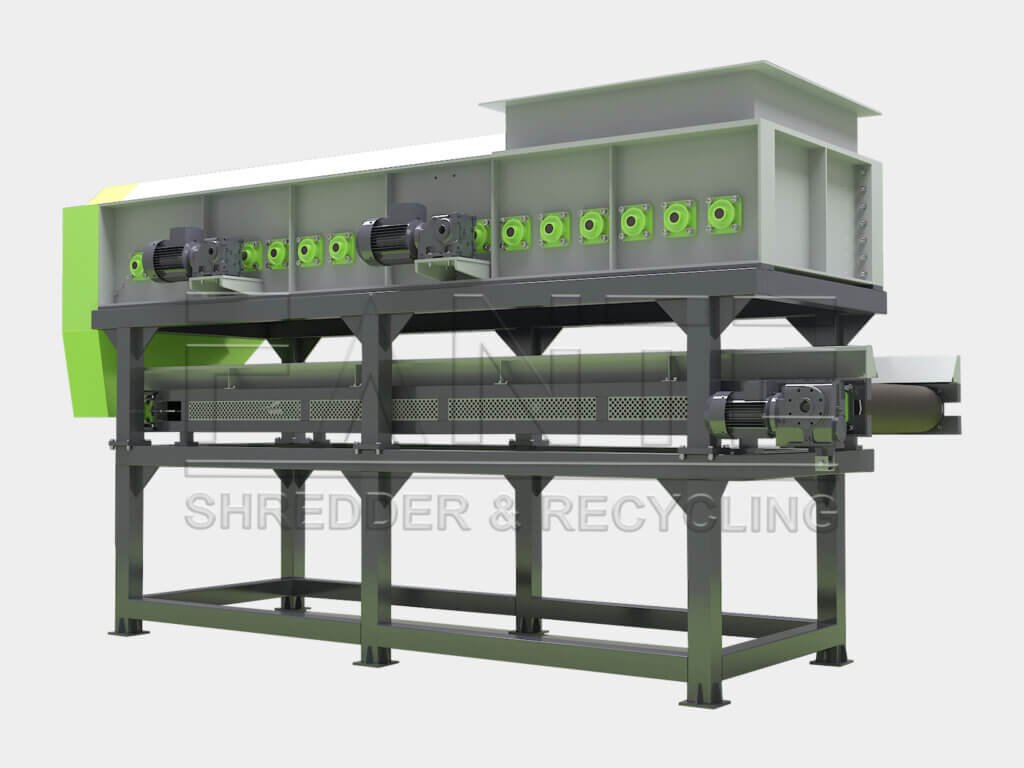
Disc Screen
The Disc Screen efficiently sorts tire chunks by size, separating oversized pieces to ensure uniformity and streamline recycling processes.

What is Tire Derived Fuel?
Tire-derived fuels are scrap tires that are shredded into pieces, usually 1 to 2 inches. The shredding process not only shrinks the tires, but also removes fabric and metal threads using powerful magnets. Because TDF requires these processes, it is not as cost effective as a whole tire, but manufacturers still have a need for it because not all combustion equipment can accommodate a whole tire.
Some cement plants use whole tires in their kilns because their combustion equipment is large enough and the wire adds the iron necessary to make clinker. Paper and pulp mills, on the other hand, need to use TDF with the wire removed to avoid clogging the boiler feedwater system and the inclusion of iron in the ash sold to farmers.
There are several grades of TDF, with wire-free TDF being 50% more expensive than regular TDF.
Industries using TDF

Cement plants
Cement industry uses more waste tire fuel than any other industry, and cement plants use tires as fuel to make clinker, a major component of making silicate cement.

Paper mills
The pulp and paper industry uses approximately 26 million tires per year as boiler fuel. Pulp and paper mills use TDF rather than whole tires because the metal wires can clog their feed systems.

Power Plants
Plant boilers burn coal to generate electricity. Power plants now use TDF as a supplemental fuel to coal because of its high calorific value and low cost.

Industrial Boiler Plants
Industrial boilers, which are usually smaller than those in power plants, also use TDF as a supplement to their fuel mix.
The main process flow of the TDF system:
- Tire collection and storage: Used tires are collected from various sources, sorted and stored in designated areas.
- Crushing: The tires are shredded using a crusher, usually into pieces of about 50 mm to suit the needs of different industrial kilns.
Slaughtering - Magnetic separation to remove metals: Magnetic separation equipment is used to remove metal components such as steel wire from the tires to ensure a smooth combustion process.
- Fuel Preparation and Conveying: The processed tire chips are prepared into alternative fuels that meet the specifications and are fed through a conveying system into the industrial kiln for combustion.
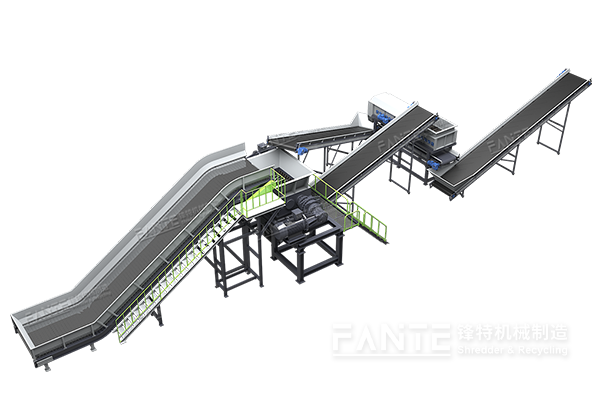
Advantages of TDF:
- High calorific value: Waste tires have a higher calorific value than conventional fuels, providing a higher energy output.
- Lower Costs: The use of TDF reduces dependence on traditional fossil fuels, thus lowering fuel costs.
- Environmental Benefits: By utilizing waste tires as fuel, the risk of environmental pollution is reduced by reducing the accumulation of waste tires and landfills.
- Reduced CO2 emissions: TDF produces lower CO2 emissions during combustion than traditional fuels such as coal, helping to reduce greenhouse gas emissions.

